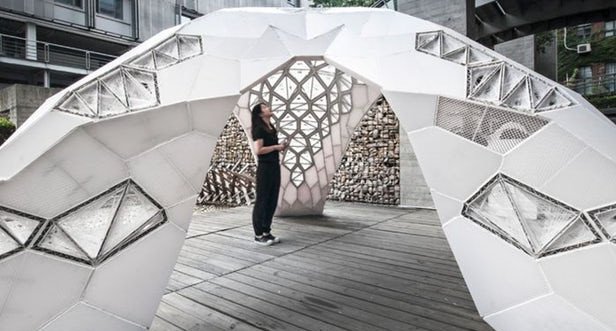The impact of 3D printing on architecture
The advent of 3D printing technology has revolutionized the field of architecture, offering architects unprecedented freedom to create complex geometries and sustainable building solutions. Here’s a comprehensive exploration of how 3D printing is reshaping architecture and construction practices:
1. Design Freedom and Complexity
Complex Geometries:
- Customization: Allowing architects to design intricate forms and patterns that were once difficult or impossible to achieve with traditional construction methods.
- Parametric Design: Using computational algorithms to optimize designs based on structural integrity, material efficiency, and aesthetic preferences.
2. Sustainable Construction Practices
Material Efficiency:
- Reduced Waste: Minimizing material waste by printing only what is needed, reducing construction debris and environmental impact.
- Recycled Materials: Incorporating recycled materials and bio-based polymers into printing processes to promote sustainability.
3. Speed and Cost Efficiency
Rapid Prototyping:
- Time Savings: Accelerating the design and construction process by printing building components and prototypes directly from digital models.
- Cost Reduction: Lowering labor costs and construction time compared to traditional building methods, particularly for complex structures.

4. Innovative Building Solutions
Structural Applications:
- Load-Bearing Structures: Printing structural elements such as walls, columns, and beams with enhanced strength and durability.
- Modular Construction: Printing prefabricated modules off-site for quick assembly on-site, facilitating modular and scalable building solutions.
5. Customization and Personalization
Bespoke Architecture:
- Tailored Designs: Offering personalized architectural solutions that meet specific client needs and preferences.
- Mass Customization: Enabling architects to adapt designs quickly to accommodate individual project requirements and site conditions.
6. Case Studies and Real-World Applications
Exemplary Projects:
- Apis Cor House, Russia: The world’s first 3D-printed house constructed on-site in less than 24 hours, showcasing the potential for rapid, affordable housing solutions.
- Office of the Future, Dubai: A fully 3D-printed office building featuring complex geometries and sustainable design practices, demonstrating advancements in architectural innovation.
7. Future Trends and Advancements
Emerging Technologies:
- Multi-Material Printing: Exploring capabilities to print with multiple materials simultaneously, enhancing structural performance and design flexibility.
- Large-Scale Printing: Scaling up 3D printing capabilities to construct entire buildings and infrastructure projects, pushing the boundaries of architectural possibilities.
8. Challenges and Considerations
Regulatory Frameworks:
- Building Codes: Adapting regulations to accommodate 3D-printed structures and ensure safety standards and compliance.
- Material Standards: Establishing guidelines for quality control and material certifications to guarantee durability and long-term performance.
Conclusion
3D printing technology is poised to redefine architecture by offering innovative design possibilities, sustainable construction practices, and cost-effective building solutions. As architects and construction professionals continue to embrace this transformative technology, the future of architecture promises to be more dynamic, efficient, and environmentally conscious. By harnessing the potential of 3D printing, architects can lead the industry towards a new era of architectural excellence, where creativity, sustainability, and technological innovation converge to shape the built environment for generations to come.


